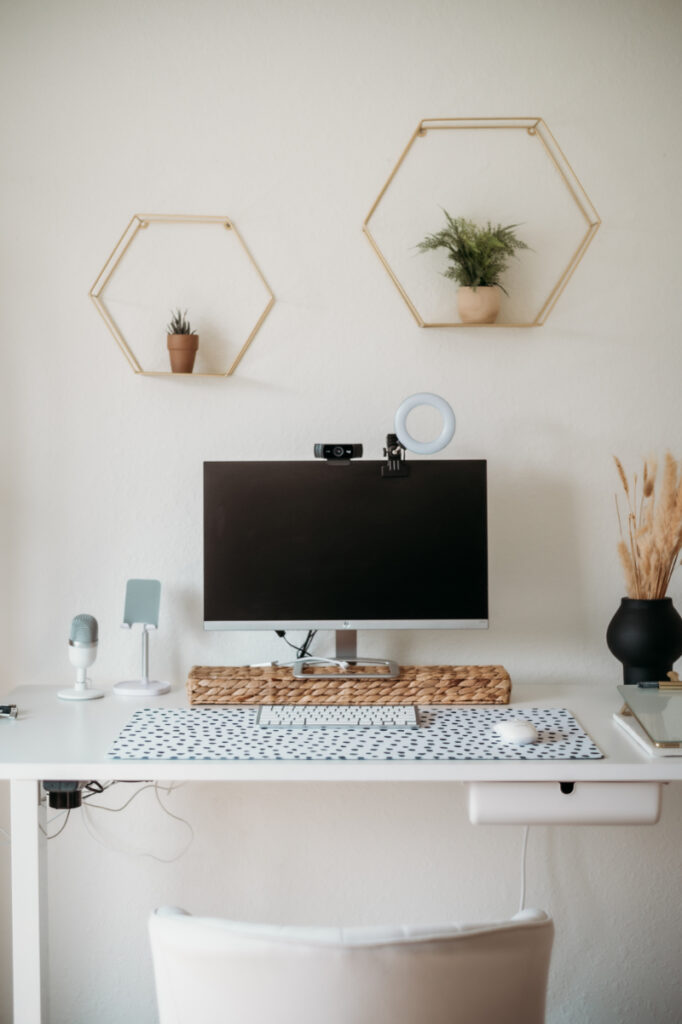The Power of Micro-Exposures: When Life Doesn’t Allow for a Full ERP Session
July 29, 2025
One of the most common things I hear as an LPC specializing in exposure response prevention (and honestly, something I’ve felt myself) is this: “I want to do the work, but I don’t have time for full ERP sessions every day.” If you’ve ever felt overwhelmed trying to fit in a long exposure practice while managing kids, work, and just life—you’re not alone.
The good news? You don’t always need an hour-long ERP session to make progress. In fact, some of the most powerful moments in recovery come from micro-exposures—those small, intentional steps you take in everyday life to face your fears and stop the compulsions.
Let’s walk through what micro-exposures are, why they work, and how to use them in a way that truly supports your exposure and response prevention (ERP) journey.

What Are Micro-Exposures?
Micro-exposures are exactly what they sound like, small versions of the exposures we use in traditional ERP therapy. They’re quick, often informal moments where you face a trigger, feel the discomfort, and resist the urge to neutralize it with a compulsion.
If you’re familiar with exposure and response prevention, you know that the goal isn’t just to feel anxious, it’s to stay in the anxiety without doing the thing that brings temporary relief (the compulsion). Micro-exposures follow that same principle, just on a smaller scale.
Instead of rehearsing a full hierarchy step, you might glance at a triggering object and walk away without checking. You might leave the house with the stove unchecked. Not because you forgot, but because you’re practicing sitting with uncertainty. These tiny moments still count (sometimes even more than the big ones).
Why Micro-Exposures Work (Even When They Feel Too Small)
I get it. Micro-exposures can feel too easy, or like they don’t “count.” But trust me, they do. I’ve seen it time and again with clients and in my own experience with OCD and anxiety.
The brain doesn’t care how “big” an exposure is. It learns through repetition and consistency. The more you show your brain that you can tolerate discomfort without giving in to a compulsion, the more that neural pathway strengthens.
That’s why even small wins like not Googling something “just to be sure” or sitting with an uncomfortable thought for one minute can change the game. ERP exposure response isn’t about intensity; it’s about showing up over and over, even when you’re busy, tired, or doubting yourself.
Real-Life Micro-Exposure Ideas (For Everyday Life)
So, how do you build micro-exposures into your day? Let’s break it down into real-life examples based on common roles and situations.
Parenting
- Let your child go outside without reapplying sunscreen for the fourth time.
- Let them eat food that “might” be expired (even if it’s totally fine).
- Skip the mental checklist before leaving the house and just walk out the door.
Parenting with OCD can be extra tough because it’s not just your safety—it’s theirs. But micro-exposures here are gold. And if you’re navigating those hard parenting days, check out my blog: How to Show Up for Your Kids Even on Hard Days.
Work/Professional Life
- Send an email without triple-checking grammar or tone.
- Speak up in a meeting without scripting every word.
- Leave a task “incomplete” and tolerate the discomfort.
Work-related anxiety and perfectionism are common in OCD, especially if you’re high-functioning or masking. For more support here, read my blog on 8 Tips for Handling Anxiety in the Workplace.

Daily Triggers
- Touch a “contaminated” surface and avoid washing your hands right away.
- Wear clothes that feel “wrong” or out of order.
- Sit with a thought like “What if I’m a bad person?” and don’t try to fix it.
These daily disruptions (however small) are often the perfect time to practice. You don’t have to stop everything or wait for the “perfect” ERP moment. Your life is the session.
How to Use Micro-Exposures Without Turning Them Into Compulsions
This part matters. Because while micro-exposures are incredibly helpful, they can backfire if we start using them as new safety behaviors or mini compulsions.
Here’s what to watch for:
- Are you doing the exposure just to feel “better” afterward?
- Are you repeating it over and over to “get it right”?
- Are you subtly reassuring yourself that it’s not really a risk?
If so, take a step back. The goal of exposure response prevention is not to feel better right away, it’s to build tolerance for discomfort. Try mixing it up. Vary the exposures. Sit longer with the feeling. Skip the “just one more time” loop.
And if you’ve ever Googled “ERP therapy near me” because you’re unsure how to start or if you’re doing it right, you’re not alone. The good news? You don’t have to wait for the perfect therapist or setting to begin. You can do this work on your own, and I’ve created tools and resources to help guide you step-by-step (because I know what it’s like to feel stuck and want real support that actually works).
Progress Isn’t Always Loud
We’re so used to thinking recovery has to be dramatic to count. That we need a breakthrough moment or a major step forward. But with ERP (exposure response prevention), progress is often quiet. It looks like small discomforts. Small resistances. Choosing to pause instead of react.
Sometimes, progress is leaving one dish in the sink. Sometimes, it’s sitting with a thought without fixing it. Sometimes, it’s letting your kid wear mismatched socks and not making it mean something about your parenting.
Tracking these small wins matters. If you want help staying consistent, read my blog on How to Effectively Track Your OCD Triggers. It breaks down how to keep momentum without getting obsessive.

Conclusion: The Power of Micro-Exposures
When life doesn’t give you space for a full session, micro-exposures help you stay in the game. They remind you that recovery isn’t about doing it all—it’s about doing something.
ERP doesn’t have to be perfect. It just has to be practiced. So next time your schedule is packed or your energy is low, look for those small windows. Lean in, just a little. And celebrate that movement—because it counts more than you think.
If you’re looking for more support, tools, and daily encouragement, I’m always sharing over on Instagram. And if you want a roadmap that breaks everything down step-by-step, check out my OCD and Anxiety Recovery Blueprint.
You’re doing more than you realize. And every micro-step you take matters.
most popular episodes
Love my podcast?
Episode 112: Postpartum OCD and False Memory OCD
Imagine how in depth I can go in an online course. Instantly downloadable and game-changing. Take the next step towards an amazing life.